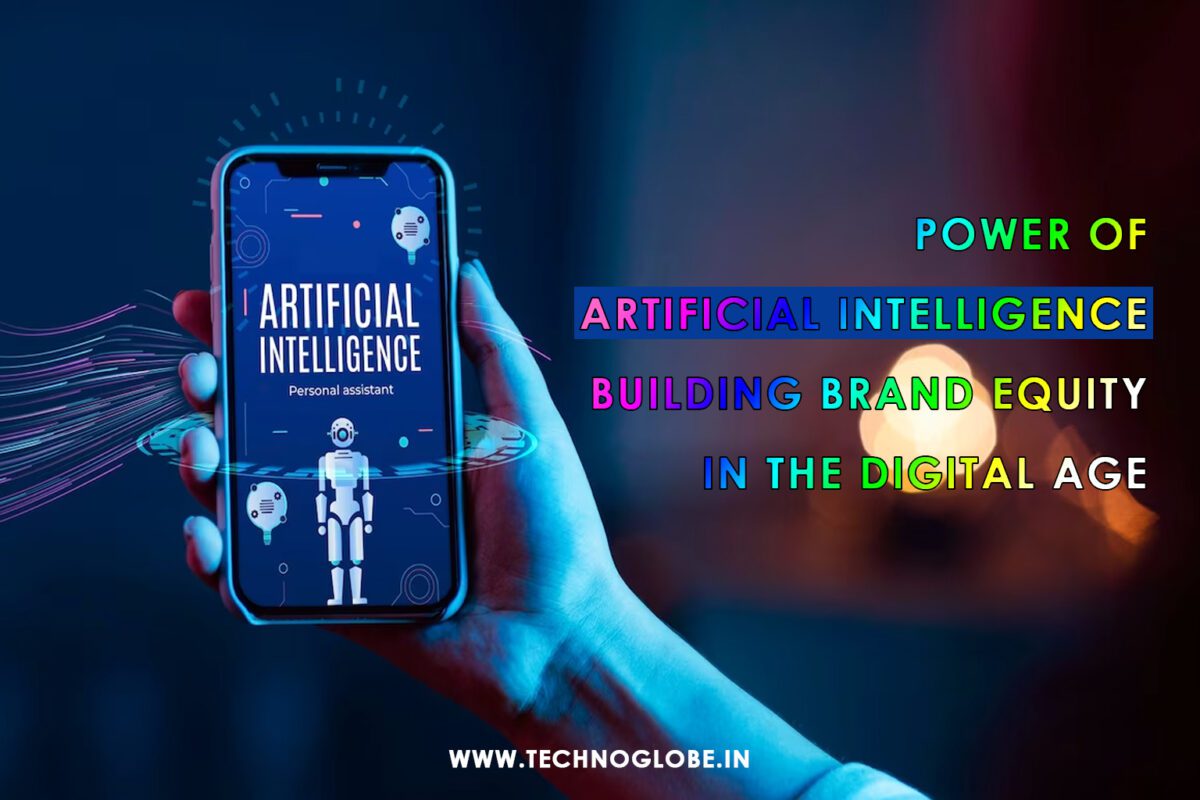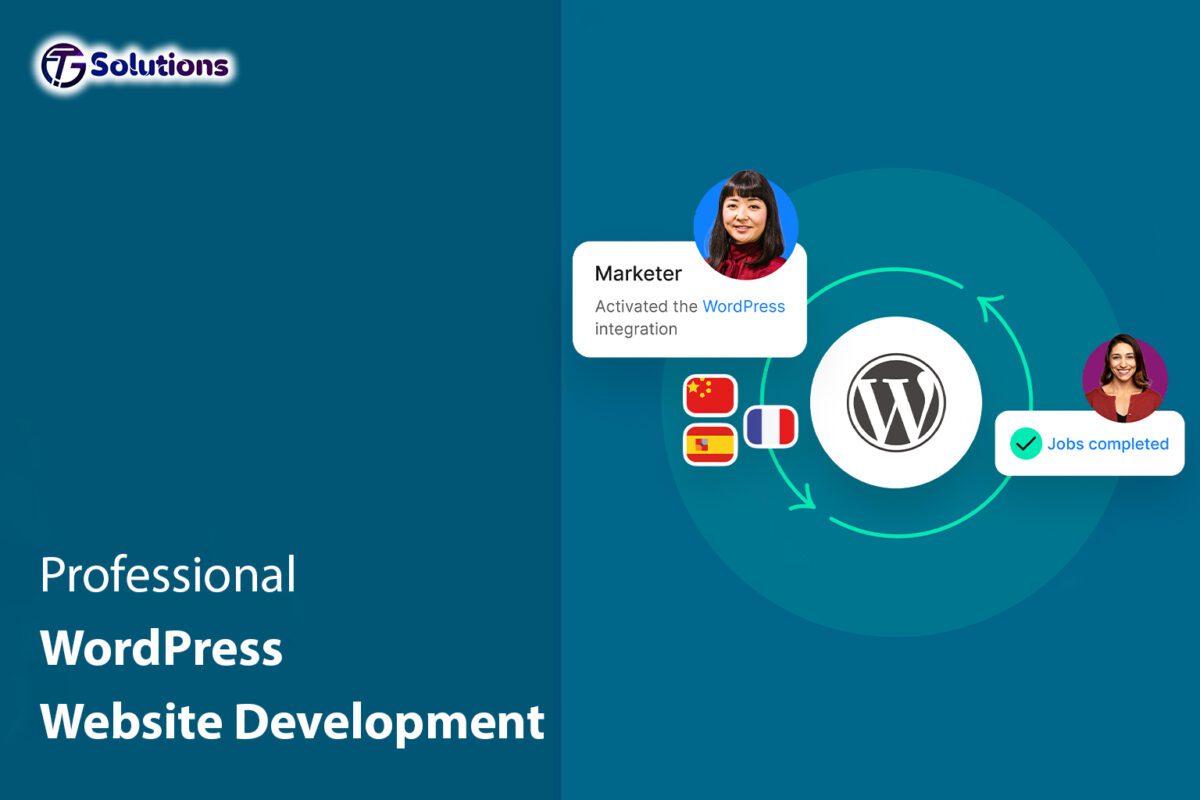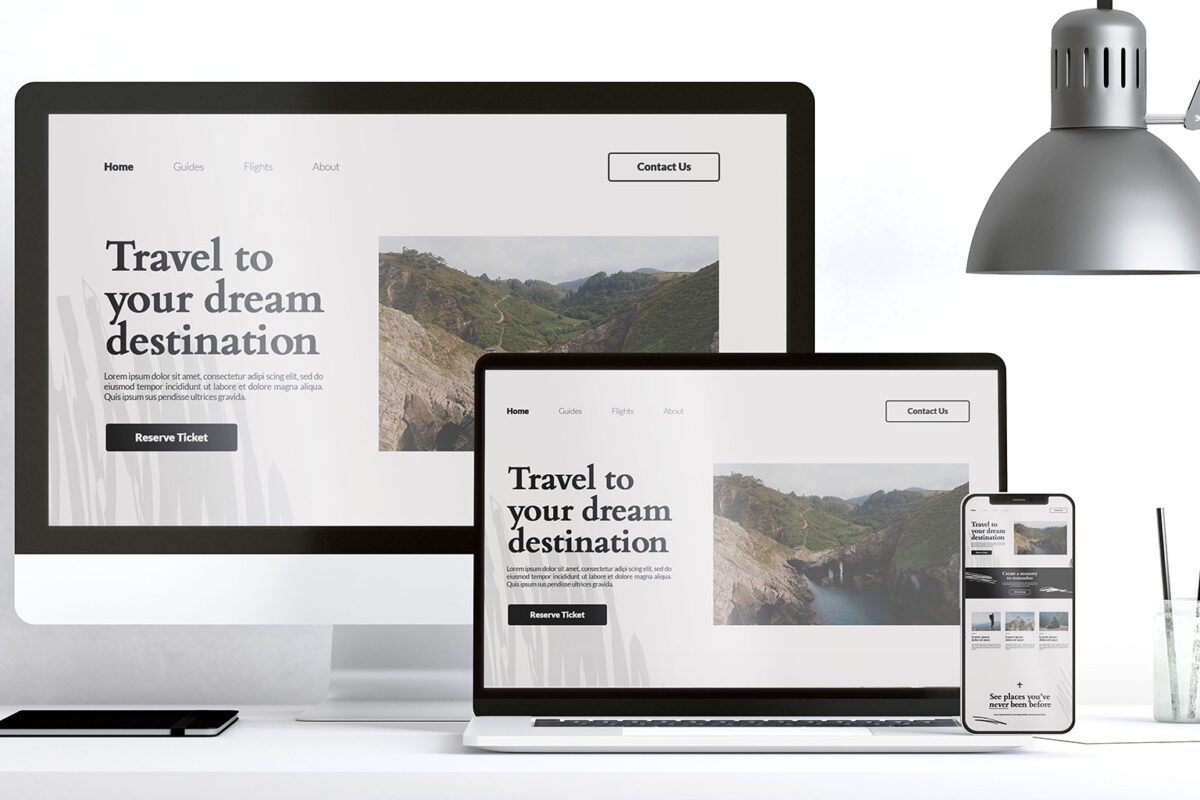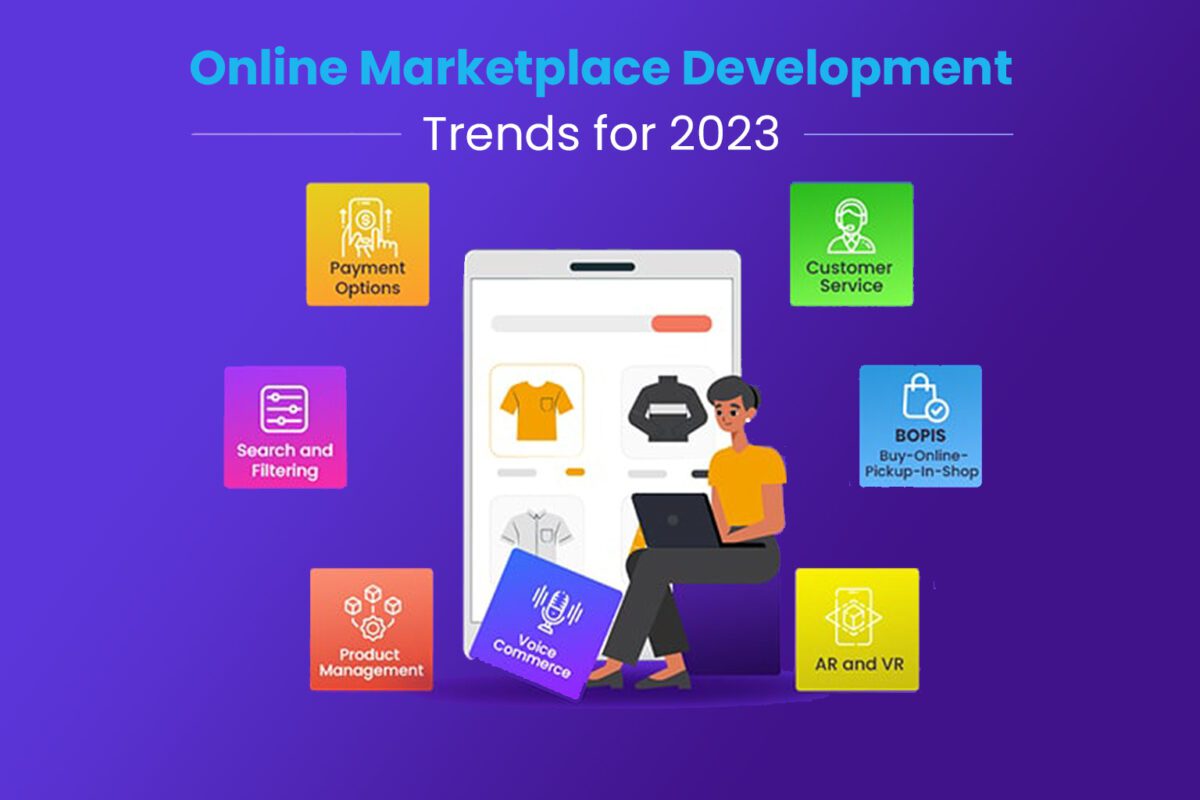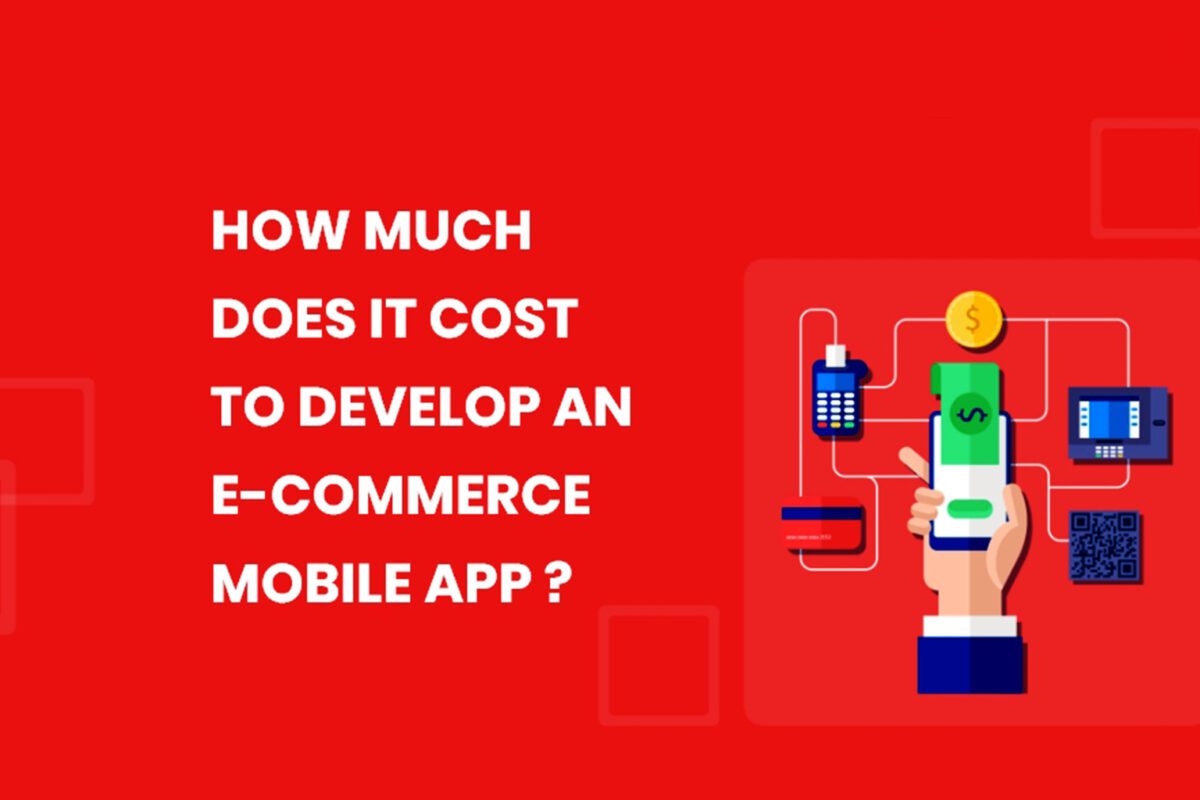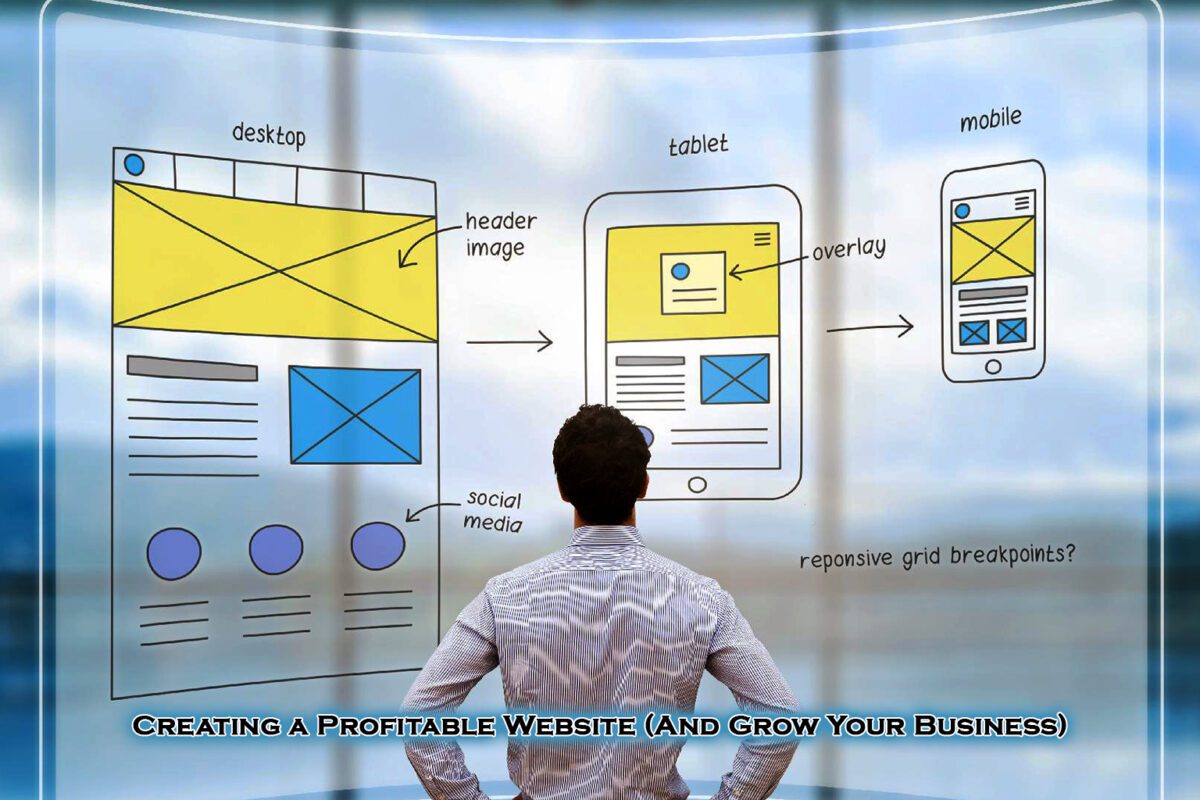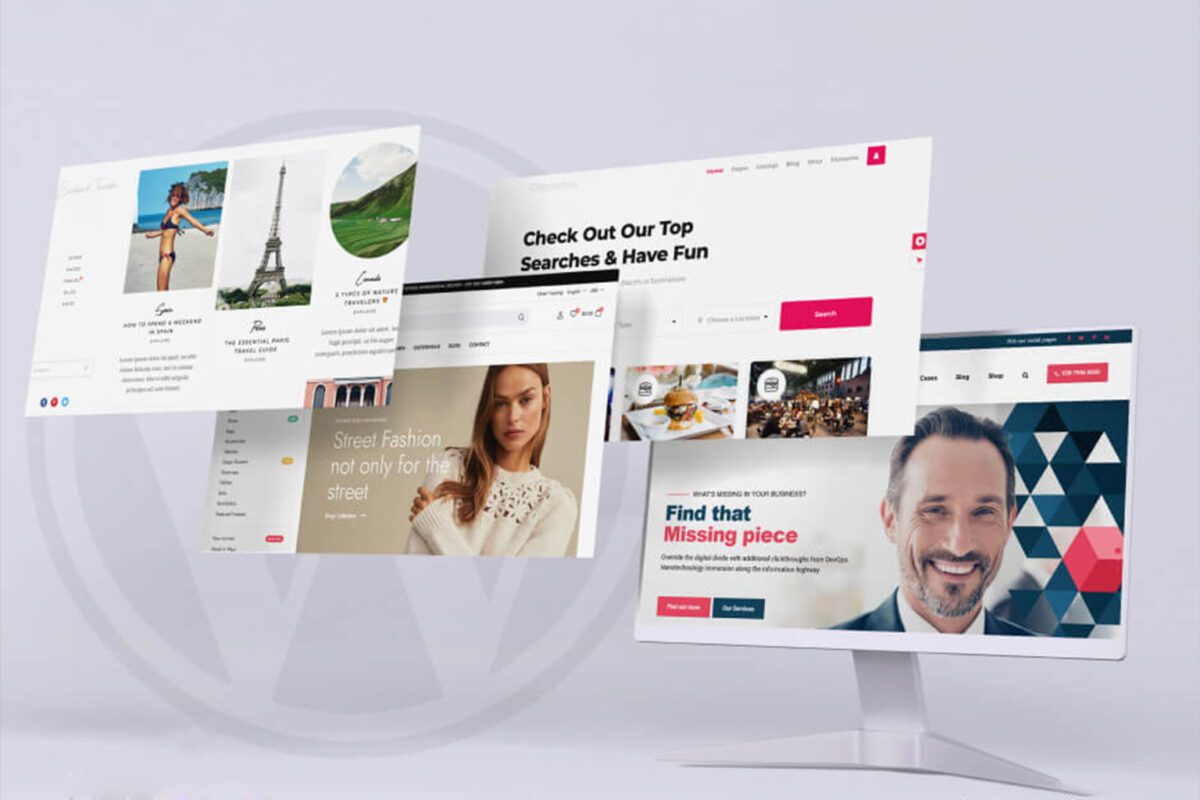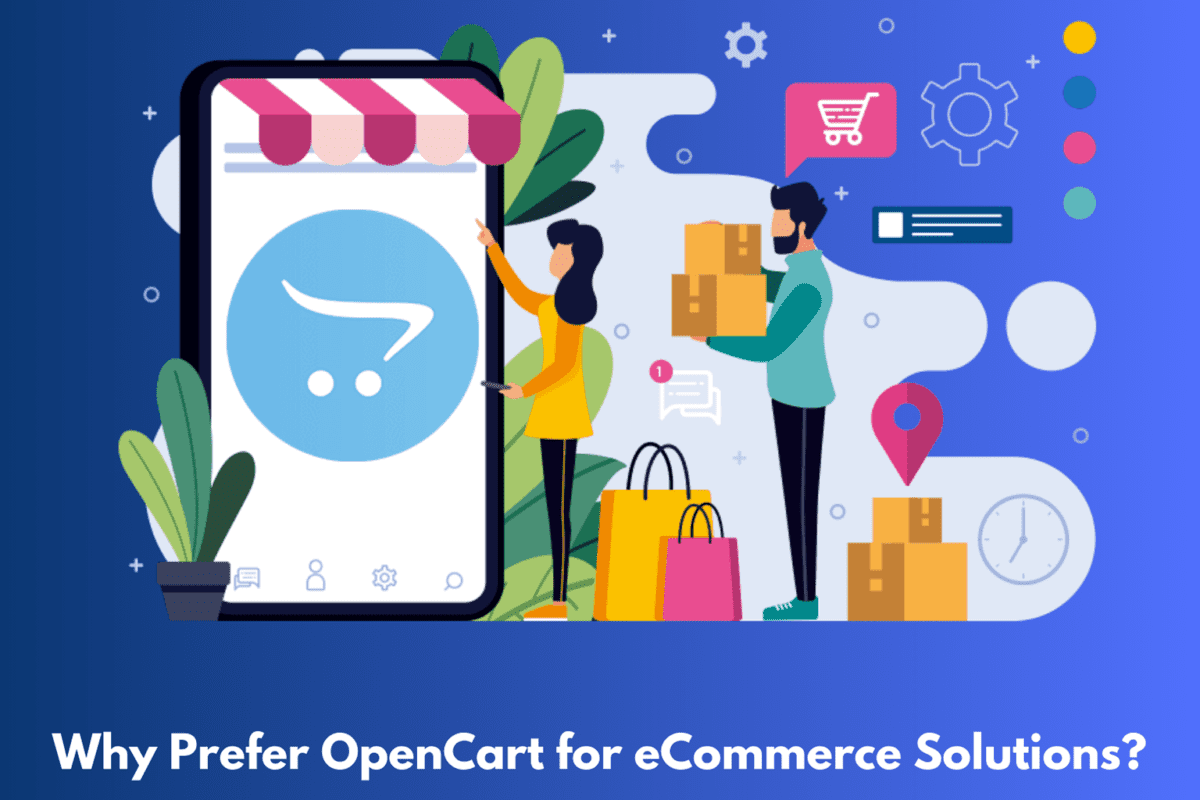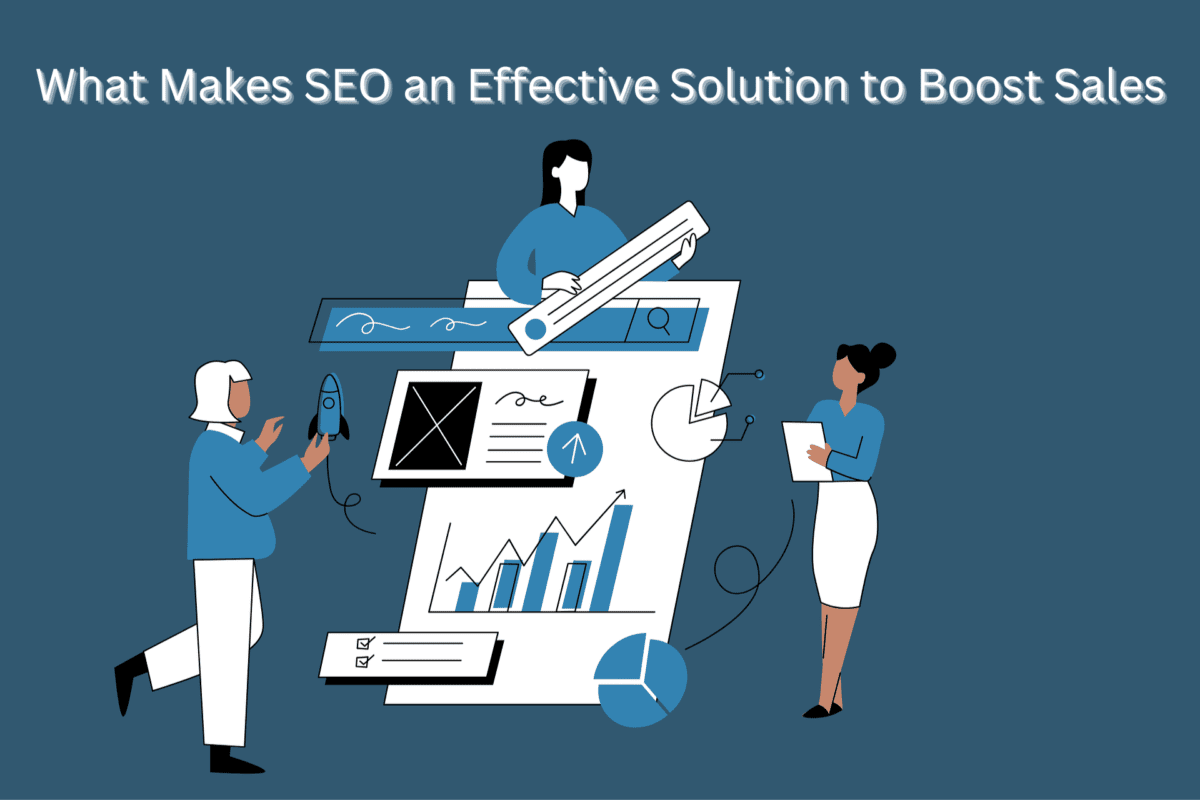Augmented Reality’s Rise and Impact on Digital Marketing Services
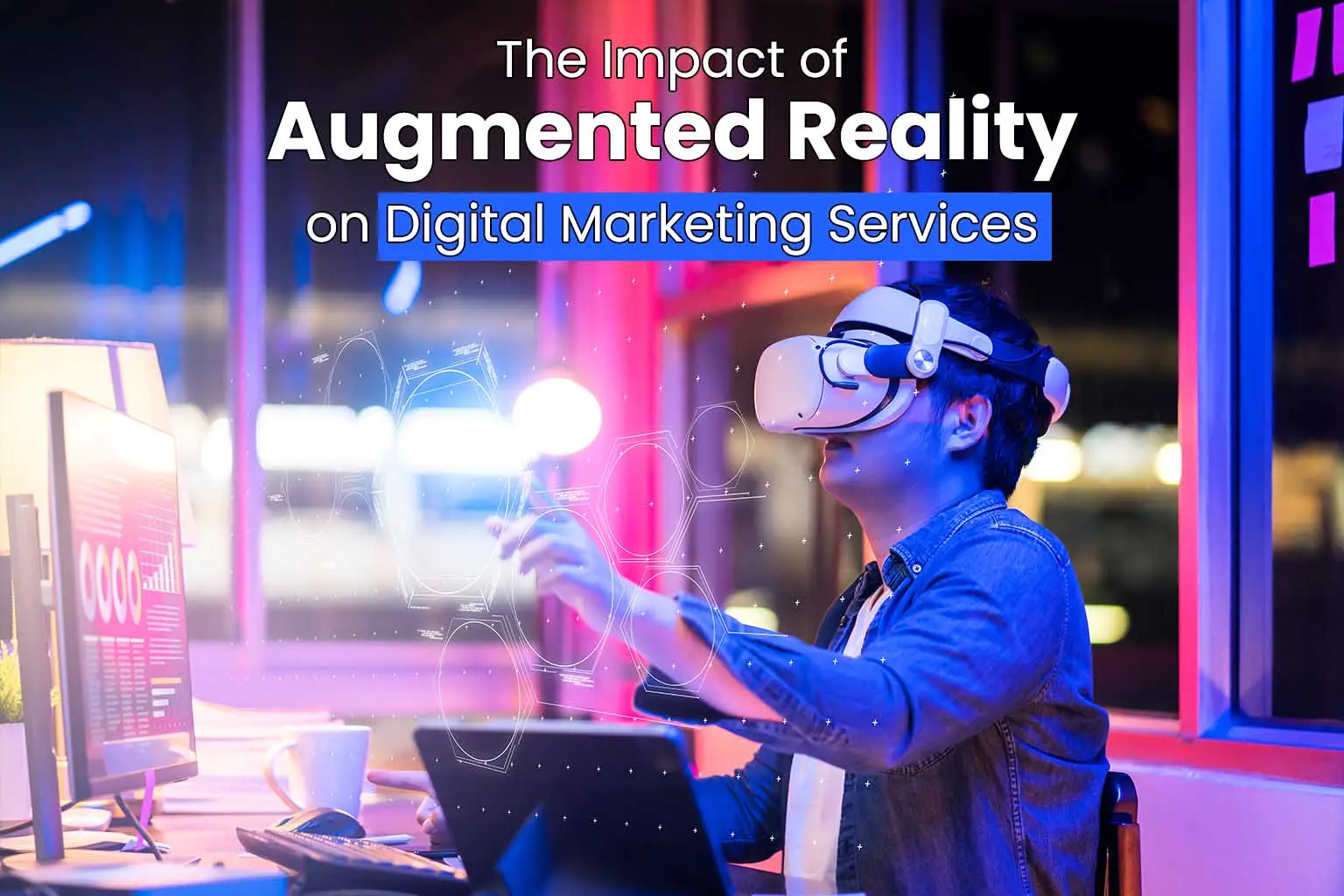
Augmented reality is a game-changing technology that has been sweeping the commercial sector for several years. It is also making an impact in the digital sphere, most notably through AR-enabled product displays. More and more brand potential customers are interested in experimenting with this technology in shoes, garments, furniture, decoratives, and other products. As a result, organizations that provide digital marketing services are using augmented reality to improve client happiness and increase sales. According to studies, the top industries employing augmented reality for digital marketing include retail, recreation, real estate, education, tourism, and health.
Marketers may create immersive experiences using augmented reality (AR) that allow consumers to view products in their actual surroundings, increasing their trust in making a purchase.
Furthermore, AR may provide organizations with relevant data about buyer preferences and behaviors, allowing them to better concentrate and personalize their marketing.
So, how will augmented reality technology affect digital marketing in the long run? How are marketers dealing with rival brands jumping on the AR bandwagon? Continue reading to learn more.
Augmented Reality’s Impact on Digital Marketing Services
Improved Customer Engagement
– Customers can expect exciting and involved interactions: Augmented reality allows businesses and marketers to attract more customers by providing interesting immersive experiences. The novelty component draws a large crowd because it allows people to enjoy browsing and shopping in a new way. Augmented reality, when applied precisely and optimally, can be the differentiator for businesses looking to stand out. To build efficient marketing strategies, contact professionals from a reputable digital marketing company.
– Tailored and personalized marketing campaigns: With the power of augmented reality at your disposal, developing dynamic and high-value digital marketing campaigns becomes a more rewarding proposition. AR-based product displays and features can be used to adapt marketing messages and offers to particular customers. The consumer experience may be significantly improved, and conversion rates may increase. Furthermore, AR enables real-time data collecting, allowing businesses to gain vital insights into client preferences and behavior, allowing them to better optimize their marketing campaigns.
– Increased brand loyalty and customer satisfaction: An augmented reality-based product feature allows customers to realistically determine whether an item is suited for them. It might be a make-up or jewelry try-on area, or one where customers can see how a pair of shoes or garments would appear on them. Furniture AR try-ons allow prospective customers to see how various pieces would look in their own home. Brands can increase loyalty and customer happiness by providing these kinds of benefits. It is one of the most significant criteria to consider if you want to collaborate with an Indian marketing firm. This is something digital marketers should keep in mind when recommending new techniques to their clients.
Product Visualization Has Improved
– Virtual try-ons and product previews: We live in a world of brilliant graphics, and visual appeal may make or break an online business’s chances of success. In such cases, there is little (or no) disadvantage to using augmented reality product try-ons and previews. In contrast, doing so can propel a company’s conversion and engagement rates higher. More and more brands are allowing customers to try on items before placing an order. It’s as if they’re getting a firsthand peek at the best product varieties, colors, forms, and sizes.
– Real-time product demonstrations: With real-time AR technology, methods of digital marketing services for offline businesses or retail outlets across industries have increased significantly. Business owners can allow customers to quickly hover their lenses over various products to access AR try-ons. Marketers can leverage this as a unique selling proposition (USP) to market across various channels, thereby increasing in-store footfall. In essence, it should be about notifying target customers that they have something fresh to look forward to (in addition to any offers and discounts the business may be providing). According to a research, 40% of customers would be willing to pay more for a product if they could experience it through AR, and 64% of consumers believe that AR can improve the way they purchase.
– Higher sales conversions and less refunds: One of the most common challenges with online shopping is that individuals do not always like the look and feel of the items they have ordered. As a result, they file returns and/or replacements and request their money back. Handling such requests is a constant source of frustration for vendors, brands, and e-commerce aggregators. However, with AR try-ons, one does not need to physically try on an item before choosing if it fits. Thanks to augmented reality-based product demonstrations, they can do the same from the product page itself. As a result, return rates are lower, and more customers are confident in purchasing things.
Opportunities for Creative Advertising
– Location-based augmented reality ads: Because they use physical space to show AR content, location-based AR ads do not require any form of identifiers or physical markers. These can be quite useful for firms who want to create compelling advertising and promotional campaigns. AR has created an exciting new realm of opportunity for budding enterprises to effectively catch the imagination of their target clients. A digital marketing firm can use augmented reality advertising content to gain much-needed visibility for their clients’ products and services.
– Branded social media AR filters and lenses: Social media is the major battleground for numerous brands all competing for first place. Aside from traditional social marketing, branded AR filters and special lenses are becoming increasingly popular. Brands who seek to generate and capitalize on new trends might employ these. Through story advertisements, carousels, image ads, and other methods, potential leads can be routed to your branded filters and/or lenses. Marketers can give incentives to people to engage with the brand and share its products, services, or offers on their accounts or pages. The perfect combination of appealing filters and effective marketing messaging can generate significantly more leads.
– Influencer marketing with AR content: Influencer marketing is a sometimes overlooked way of social media promotion for new brands. However, if done correctly, it may be highly effective. Identifying, selecting, and negotiating with influencers in one’s specialty takes time and effort. More significantly, some amount of clarity is required on the marketing content to be used to target social media personalities. Influencer marketing can help brands obtain significantly more attention than they would normally receive by promoting AR content.
– Requires skilled AR designers and developers: To build augmented reality-based content, skilled developers and designers are required. As a result, it is critical for businesses to have staff or access to expertise who can create and plan AR content. These skilled individuals can ensure that the material is relevant to the target market and the aims of the organization, maximizing its impact. Marketers must stay up with the most recent advancements and breakthroughs in AR in this rapidly evolving field. As a reputable digital marketing agency in India, we provide a wide range of services, including custom design and development.
How Augmented Reality Is Improving Digital Marketing Services
- Augmented reality (AR), which superimposes digital content on the physical world, boosts user engagement.
- It personalizes marketing encounters using augmented reality filters and interactive product demos.
- AR-enabled virtual try-ons and immersive brand interactions help buyers make smarter purchasing decisions.
- It allows retail and online shopping to coexist, which benefits both modes of trade.
- AR analytics provide useful information for client insights and targeted advertising.
- AR-powered commercials and campaigns generate shareable and long-lasting content, increasing brand visibility.
- AR influences purchasing intent by increasing trust and decreasing ambiguity regarding available options.
Conclusion
Augmented reality is one of the most effective ways for brands to be promoted on the Internet and social media. AR content can leave an impression on a company’s target audience and propel it to higher conversion rates. Digital marketing organizations might increase their efforts to incorporate augmented reality into their campaigns in order to improve the outcomes for their clients. Please contact us if you are a business owner searching for customized marketing services.




